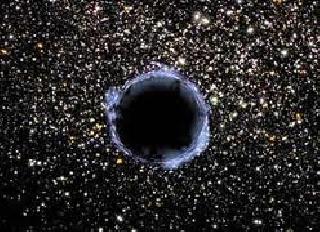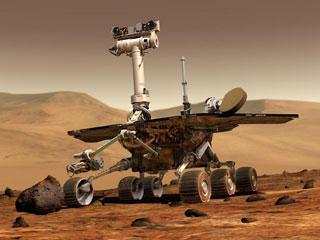
LONDON (PTI): Cambridge researchers, led by an Indian-origin scientist, have discovered a new population of enormous, rapidly growing super-massive black holes ever seen in the early Universe.
The black holes were previously undetected because they sit cocooned within thick layers of dust.
The new study that used cutting-edge infrared surveys of the sky has shown that they are emitting vast amounts of radiation through violent interactions with their host galaxies.
The study findings are published in the journal of the Royal Astronomical Society.
The most extreme object in the study is a super-massive black hole called ULASJ1234+0907.
This object, located in the direction of the constellation of Virgo, is so far away that the light from it has taken 11 billion years to reach Earth, so we see it as it appeared in the early Universe.
The monster black hole has more than 10 billion times the mass of the Sun and 10,000 times the mass of the super-massive black hole in our own Milky Way, making it one of the most massive ever seen.
The research indicates that that there may be as many as 400 such giant black holes in the part of the universe that we can observe.
"These results could have a significant impact on studies of super-massive black holes" said Dr Manda Banerji, lead author of the paper.
"Most black holes of this kind are seen through the matter they drag in. As the neighbouring material spirals in towards the black holes, it heats up. Astronomers are able to see this radiation and observe these systems," she said in a statement.
"Although these black holes have been studied for some time, the new results indicate that some of the most massive ones may have so far been hidden from our view," said Banerji.
The newly discovered black holes, devouring the equivalent of several hundred Suns every year, will shed light on the physical processes governing the growth of all super-massive black holes.
Super-massive black holes are now known to reside at the centres of all galaxies. In the most massive galaxies in the Universe, they are predicted to grow through violent collisions with other galaxies, which trigger the formation of stars and provides food for the black holes to devour.
The team from Cambridge used infrared surveys being carried out on the UK Infrared Telescope (UKIRT) to peer through the dust and locate the giant black holes for the first time.
 Previous Article
Previous Article Next Article
Next Article













The Indian Air Force, in its flight trials evaluation report submitted before the Defence Ministry l..
view articleAn insight into the Medium Multi-Role Combat Aircraft competition...
view articleSky enthusiasts can now spot the International Space Station (ISS) commanded by Indian-American astr..
view article